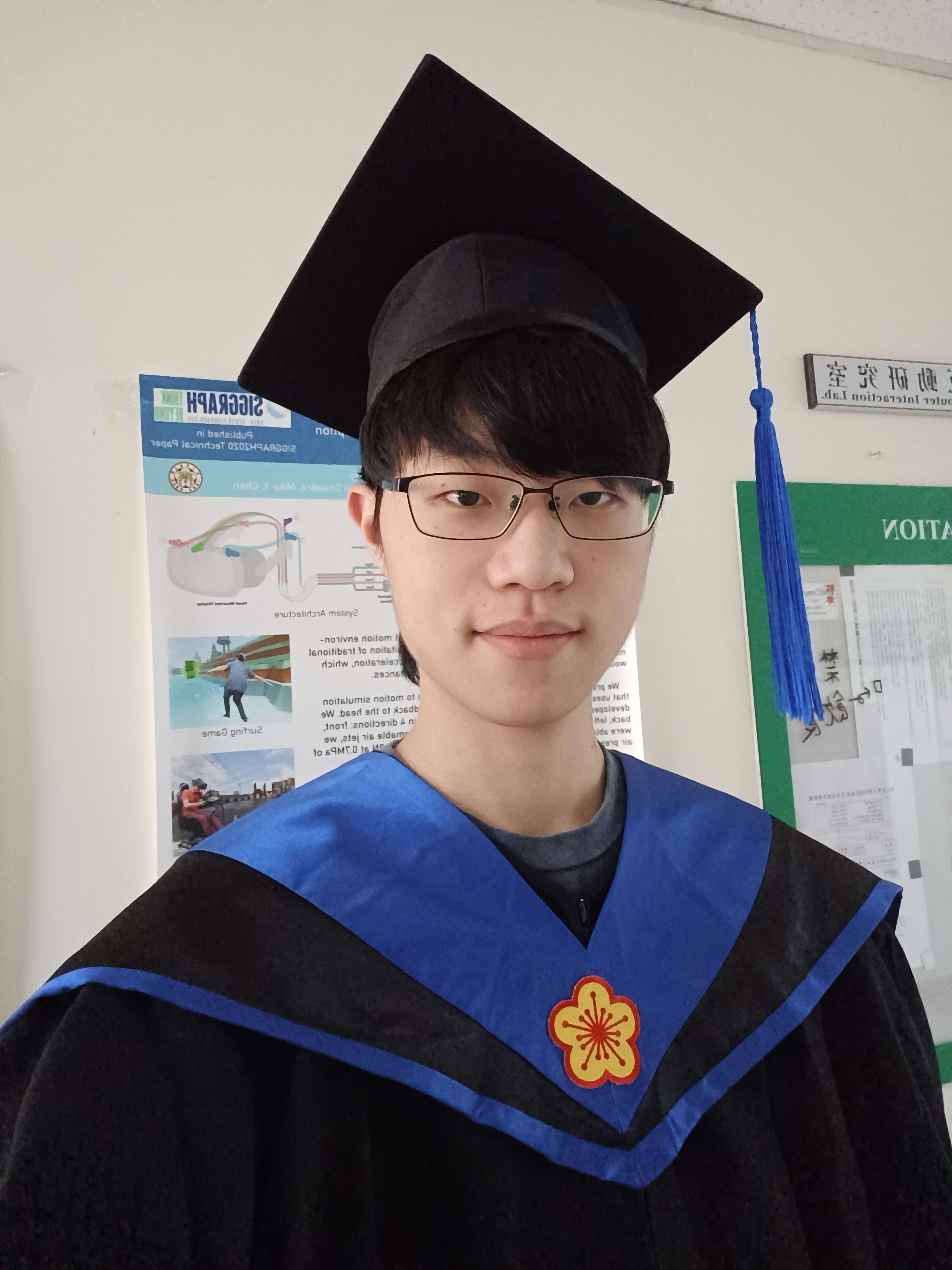
|
I recently graduated from the Master's program in the Department of Computer Science at National Taiwan University in June 2023.
Throughout my academic journey, I have specialized in computer vision algorithms and machine learning research,
conducting research at the Digital Camera and Computer Vision Laboratory.
|
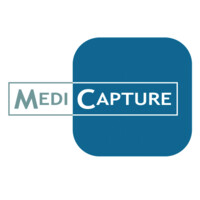
MediCapture |

National Taiwan University |
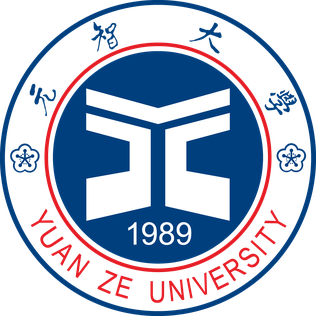
Yuan-Ze University |
|---|
|
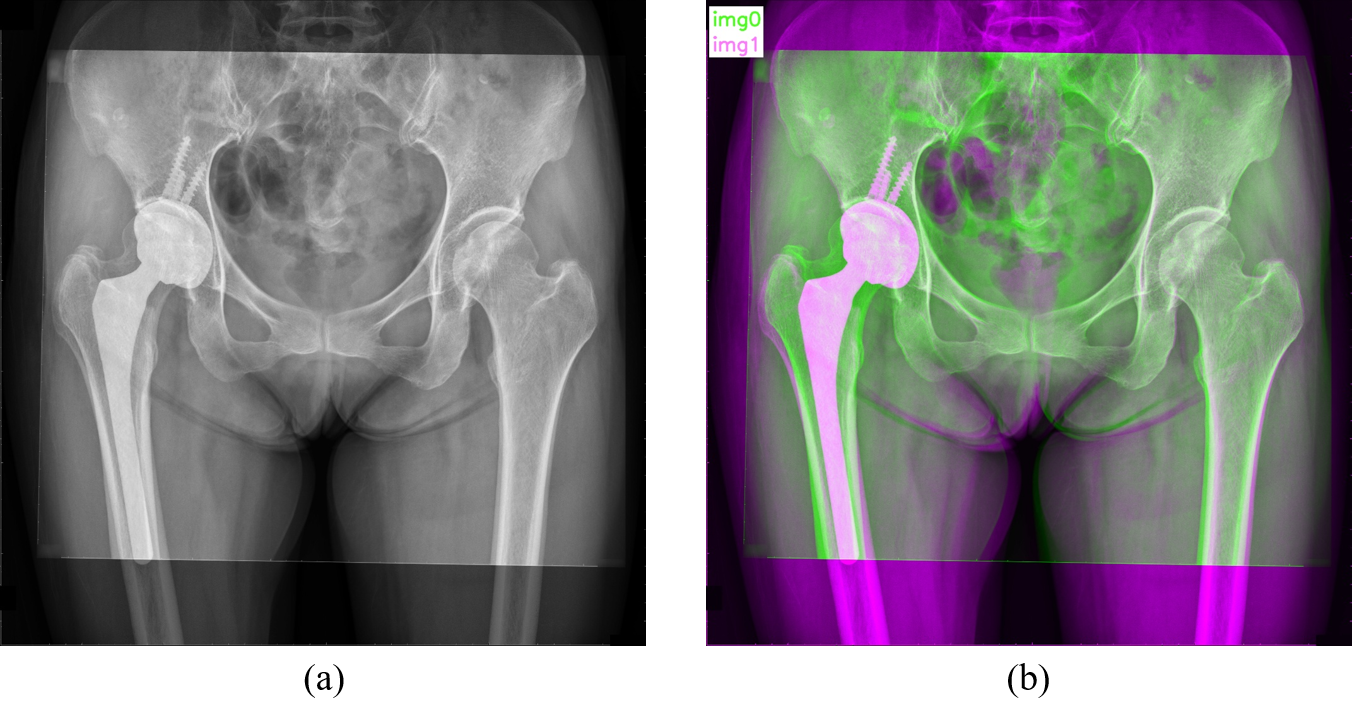
|
| abstract |
video |
pdf |
In this paper, we propose LinAlign: a computer vision algorithm for aligning X-ray images before and after surgery, providing a system for surgeons to compare images before and after surgery more efficiently and replace manually aligning procedure. LinAlign allows only align specific area when aligning images, and solve the problem that linear transformation cannot be performed on non-rigid objects. Therefore, it is suitable for comparing the position of bones during the hip replacement surgery, allowing orthopedic surgeons to make sure that implants have been installed correctly. In our experiment, we took the X-ray images of the pelvis as our experimental data: each set of images contains the X-ray photographs of the same patient taken at different times. We experiment with different methods. By comparing similar features between images and calculating the displacement of these feature points, the images can be aligned. We evaluate the performance of the algorithm by the error of pre-defined landmarks after alignment. These landmarks are anatomically important features of the skeletal system. The goal of our experiment is to minimize the distance of landmarks between image pair. We take the mean square error of these landmark distances as the performance metric to our algorithm. |
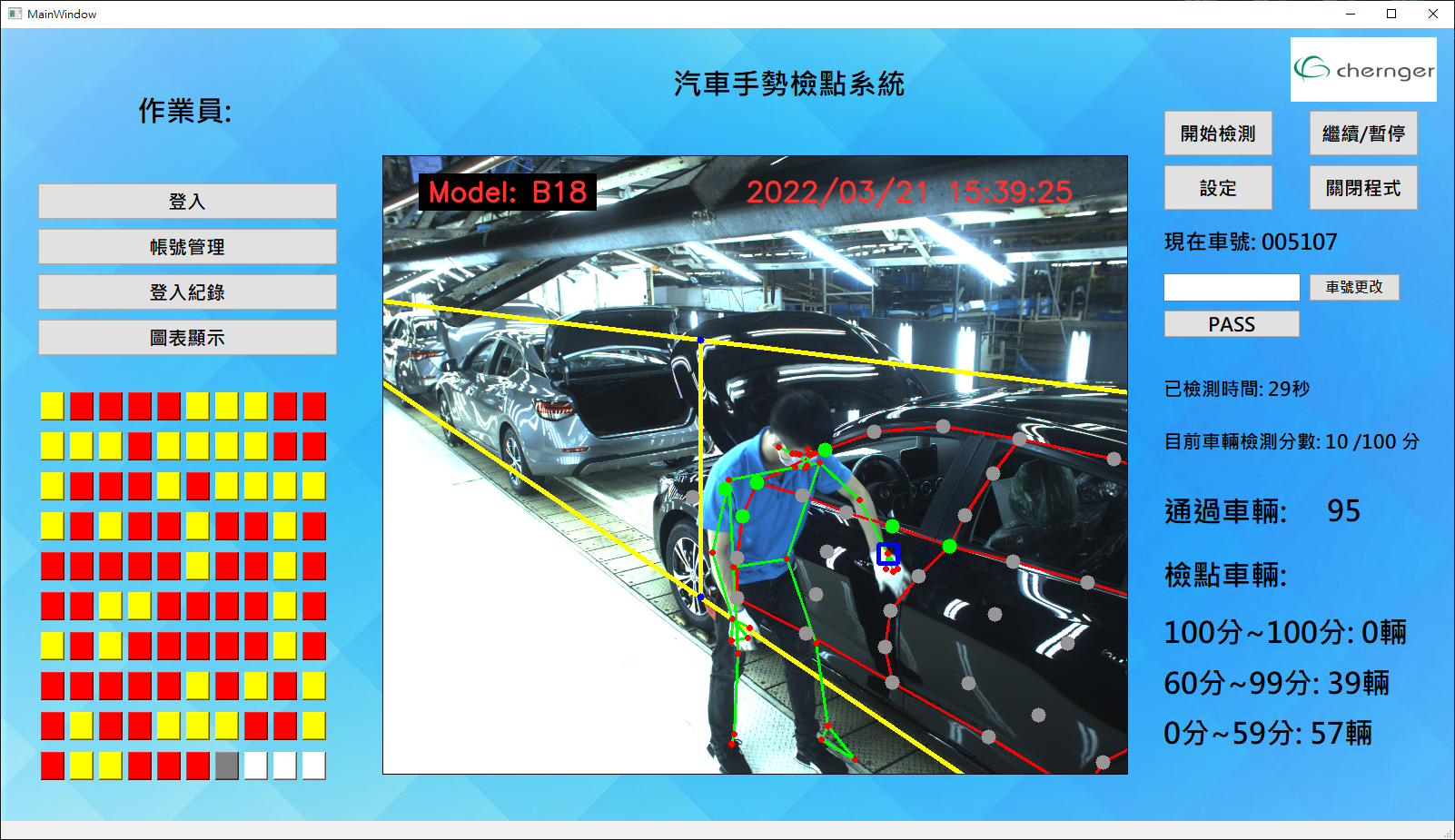
|
| abstract |
video |
pdf |
In this paper, we propose a computer vision, image processing, and automatic optical inspection solution to detect operator motion and quality assurance in the car factory. Our goal is to create a system to check the operators have inspected all inspection points on each car. We set up two cameras on both sides of production line to detect car and operator locations. Inspection points defined by car factory are mapped onto the car. Initially, these points are uninspected and marked by gray. When the operator’s glove touches the inspection point, the inspected points are changed into green as inspected. After the car passes through the inspected area, we save inspection result, and inspect next car. Deep learning and image processing algorithm are used in our system. We first use object detection algorithm to detect the wheel and map inspection points onto the car by relative position to wheels. Then, we find the operator by pose estimation algorithm, Blazepose. When the glove touches inspection point, then that point will be recorded as inspected (changed from gray to green). |
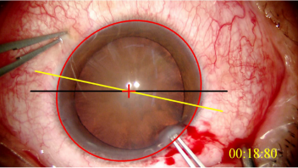
|
|
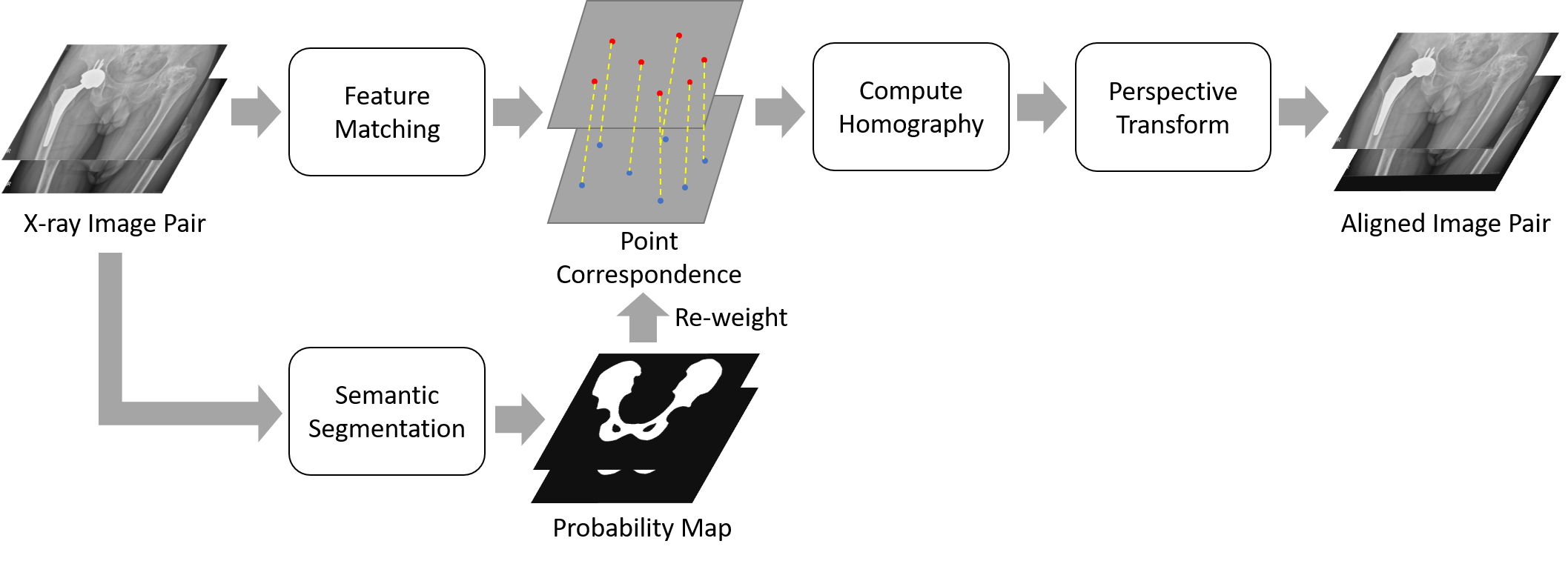
|
|
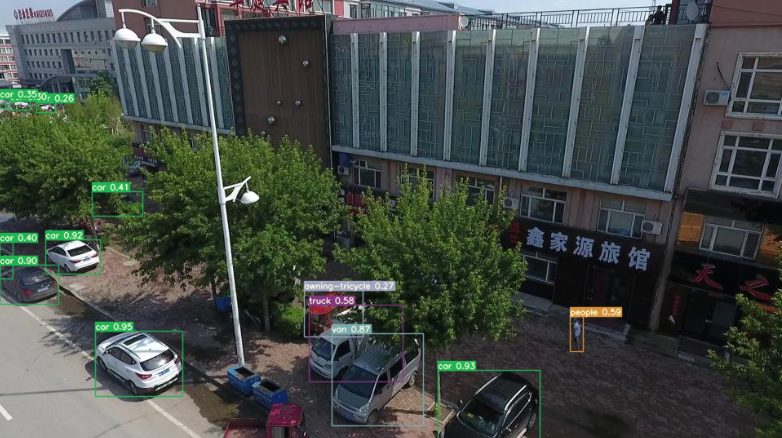
|
|
|
|
|

|
|

|
|
Template: this |